Nāgārjuna and the limits of conceptual thought: The unbinding of thought in Madhyamaka and its resonance in Zen
Nāgārjuna’s Madhyamaka school stands as one of the most radical developments in Buddhist philosophy. While often appreciated for its logical rigor and conceptual deconstruction, its deeper function is therapeutic: to unmask the limits of thought and free the mind from all views — including the view of emptiness itself. This method, known as prasaṅga, forms the philosophical heart of the apophatic tradition in Buddhism. It clears the way for a mode of knowing that transcends discursive reasoning and opens into direct, wordless experience. This posts explores the apophatic logic of Nāgārjuna, its impact on Buddhist soteriology, and its resonance with Zen’s preference for silence, paradox, and meditative immediacy.

Burning sheet of paper. This image symbolizes the limitations of language and, thus, conceptual thinking, and the liberating act of relinquishing fixed views. Like Nāgārjuna’s method, it reminds us that true clarity arises not by adding more words, but by letting them go. Source: Bakir Custovicꜛ on Unsplashꜛ (license: Unsplash Licenseꜛ).
Prasaṅga: Nāgārjuna’s method of dismantling views
At the core of Nāgārjuna’s method is prasaṅga, a dialectical technique that refutes all positions by revealing their contradictions. Rather than replacing one metaphysics with another, he demonstrates that any claim to independent existence (svabhāva) collapses under analysis. Even his central terms — śūnyatā (emptiness), nirvāṇa, and dependent origination — are shown to be dependently designated and thus ultimately empty, as we have explored in our previous post.
In Buddhist terms, this approach could be seen as a radical path of negation — not a denial of reality, but a method of clearing away all conceptual attachments to make space for direct seeing. It aims not to assert truth but to remove the distortions that arise from clinging to truth-claims.
The victorious ones have declared that emptiness is the relinquishing of all views. Those who are possessed of the view of emptiness are said to be incurable.
– MMK 13.8
This is not philosophical nihilism, but an act of compassionate negation: it severs attachment to views so that the mind may open to what is beyond grasping.
To understand how Nāgārjuna carries out this method, we must briefly consider the role of the catuṣkoṭi — the fourfold logical scheme central to Madhyamaka analysis. This framework examines any proposition from four angles:
- It is (affirmation)
- It is not (negation)
- It both is and is not (both)
- It neither is nor is not (neither)
This fourfold logic is designed to expose the limits of conceptual thinking. Nāgārjuna uses it to show that no statement about ultimate reality (paramārtha-satya) can be consistently affirmed. Yet he does not replace these four alternatives with a fifth view. Instead, he employs the method of prasaṅga — a style of argumentation that demonstrates the internal contradictions in any position, while refraining from asserting one of his own.
Thus, prasaṅga is a method that makes strategic use of the catuṣkoṭi without being bound by it. While catuṣkoṭi lays out the logical terrain, prasaṅga is the movement through that terrain — a negational unfolding that dismantles all fixed perspectives. It is not a denial of truth, but a release from the compulsion to enclose truth in language.
This makes prasaṅga not merely a philosophical technique, but a soteriological tool: it clears away the scaffolding of reified views so that direct insight (prajñā) may arise.
To understand this more deeply, we must ask: what is left when all views are relinquished? The answer is not a void, but a different mode of perception — one aligned with prajñā, the non-conceptual wisdom central to the Buddhist path. In this context, prajñā is not about accumulating insight or doctrines, but about cutting through illusion (māyā) and directly encountering the real.
Let’s briefly revisit our earlier metaphor of the raft: imagine someone clinging to a raft after having crossed a river — the raft helped, but if not released, it becomes an obstacle. Nāgārjuna’s critique functions in the same way: it allows us to cross over delusion but insists that we abandon even the raft of emptiness once it has served its purpose. As he famously writes:
For whom emptiness is possible, everything is possible. For whom emptiness is not possible, nothing is possible.
– MMK 24.14
Emptiness (śūnyatā) is not a doctrine but a skillful means (upāya). It helps undo the most insidious form of grasping: the mental habit of reifying thoughts and concepts. This resonates with the core Buddhist insight of anattā (non-self): just as there is no enduring self behind the aggregates (skandhas), there is no fixed essence behind our conceptual frameworks.
Thus, Nāgārjuna’s thought offers a training in letting go — not just of beliefs, but of the subtle reflex to seek ground in language. This radical openness is what makes the Madhyamaka path liberating rather than disorienting. It invites not confusion, but clarity: the clarity that arises when thought no longer stands between perception and reality.
Prajñā: Wisdom beyond concepts
The purpose of Nāgārjuna’s thought is not intellectual demolition for its own sake, but liberation. When all fixed views fall away — not only the metaphysical but also the subtle attachment to concepts themselves — what emerges is not a new framework, but a mode of awareness stripped of clinging and projection. This is prajñā not as propositional knowledge, but as unmediated wisdom: a silent, spacious knowing grounded in the absence of conceptual construction.
This kind of awareness is cultivated not through debate but through disciplined attention. In meditation, for instance, one may observe the arising of thoughts and feelings without attaching to them. Over time, the mind becomes less reactive and more transparent — less inclined to grasp at narratives or identities. This is where prajñā becomes lived: not in theory, but in the softening of mental habits.
Nāgārjuna’s presentation of emptiness, then, is not a theory to be adopted but a threshold to be crossed. Like a fire that burns the fuel of belief, emptiness clears away the habitual reliance on language and mental formulation. What it leaves is not nothingness, but the unobstructed clarity of yathābhūta-jñāna-dassana — seeing things as they are. In this way, his emptiness functions not as a concept to adopt, but as a process of unbinding: it points to the real not by naming it, but by exposing the limits of everything that can be named.
The legacy of non-knowing: From Madhyamaka to Zen
Nāgārjuna’s approach to emptiness did not vanish with the Madhyamaka tradition — it left a powerful legacy that shaped other streams of Buddhist thought, especially Zen. While Zen developed in a different cultural and historical context, it carries forward Nāgārjuna’s central insight: that liberation arises not through acquiring more concepts, but through shedding them.
Zen does not take up prasaṅga in the form of dialectical argument, but expresses its spirit through radically non-conceptual methods: silent transmission, paradoxical dialogue, gestures, and kōans. These are not stylistic quirks or evasions — they are pedagogical tools designed to bring the mind to the limits of conceptual thought, and then nudge it beyond.
To misunderstand a kōan as a riddle to be solved is to miss the point. Like Nāgārjuna’s refutations, koans aim to unseat the thinker, not answer the question. Both traditions thus point toward a mode of wisdom that begins where language ends — a direct, lived realization of prajñā that cannot be reduced to theory.
In this way, Zen can be seen not as a break from Madhyamaka, but as a flowering of its deepest impulse: the liberation of the mind through the relinquishing of views.
Conclusion
Nāgārjuna’s philosophy does not offer us a new system to believe in, but a method to help us shed the systems we already cling to. His core technique, prasaṅga, reveals how even the most cherished views and doctrines — including Buddhist ones — collapse under scrutiny. Yet this is not a negation for its own sake. Rather, it is a path toward clarity: a quiet, radical openness in which the mind lets go of the compulsion to know and control.
The insight of śūnyatā is not an endpoint, but a beginning. Once the scaffolding of fixed concepts has been dissolved, what remains is prajñā — a living wisdom that does not grasp but sees. This shift from conceptual analysis to perceptual clarity is not a detour from practice, but its very heart. It is what transforms Madhyamaka from a philosophy of negation into a training in non-clinging.
This vision resonates deeply with Zen, which can be seen as a continuation of Nāgārjuna’s insight through different means. Where Nāgārjuna uses argument to unseat views, Zen uses silence, paradox, and immediacy to short-circuit the same conceptual reflexes. What unites them is the realization that liberation does not lie in perfecting thought, but in letting thought fall away.
Critically, this path challenges assumptions at the core of both religious and philosophical traditions — East and West. In the Western apophatic tradition, such as in Neoplatonism or negative theology, the ineffable is conceived as an ultimate ground of being — God or the One — which can only be spoken of through negation. Positive attributes are rejected as inadequate, yet an ultimate metaphysical referent is preserved.
Nāgārjuna, by contrast, offers no such hidden foundation. His negation does not guard an invisible truth; it eliminates the need to posit any final essence altogether. There is no ultimate reality to be grasped or revealed — only the possibility of freedom and clarity that arises when one stops searching for one. This marks a decisive departure from theological apophasis and places Madhyamaka squarely within the domain of non-essentialist, experiential insight. It is not the unknown that liberates, but the abandonment of the need to know.
In a modern context, Nāgārjuna’s approach remains potent. It offers a way to navigate the overload of information, identity, and ideology not by adding more, but by subtracting the need for certainty. In a world fixated on answers, his path teaches the freedom of letting questions remain open.
To relinquish thought is not to become ignorant. It is to become intimate with the way things are, no longer filtered through concepts but encountered with clarity, humility, and presence. This is the wisdom of prajñā — and the heart of the Buddhist path.
References and further reading
- Oliver Freiberger, Christoph Kleine, Buddhismus - Handbuch und kritische Einführung, 2011, Vandenhoeck & Ruprecht, ISBN: 9783525500040
- Rupert Gethin, The Foundations Of Buddhism, 1998, Oxford University Press, ISBN: 9780192892232
- Oliver Bottini, Das grosse O.W. Barth-Buch des Buddhismus, 2004, Ebner & Spiegel GmbH, ISBN: 9783502611264
- Jr. Buswell, Robert E., Jr. Lopez, Donald S., Juhn Ahn, J. Wayne Bass, William Chu, The Princeton dictionary of Buddhism, 2014, Princeton University Press, ISBN: 978-0-691-15786-3
- Bernhard Weber-Brosamer, Dieter M Back, Die Philosophie der Leere: Nagarjunas Mula-Madhyamaka-Karikas, 2006, Harrassowitz, O, ISBN-10: 9783447052504
- Lutz Geldsetzer, Nagarjuna, Die Lehre von der Mitte - (Mula-madhyamaka-karika) Zhong Lu, 2010, Meiner, F, ISBN: 9783787321377
- Nāgārjuna, David J. Kalupahana, Mūlamadhyamakakārikā of Nāgārjuna, 1991, Motilal Banarsidass Publ., ISBN: 9788120807747
- Christopher I. Beckwith, Greek Buddha: Pyrrho’s Encounter with Early Buddhism in Central Asia, 2015, Princeton University Press, ISBN 10: 0691166447
- Oliver Bottini, Das große O.-W.-Barth-Buch des Zen, 2002, Barth im Scherz-Verl, ISBN: 9783502611042







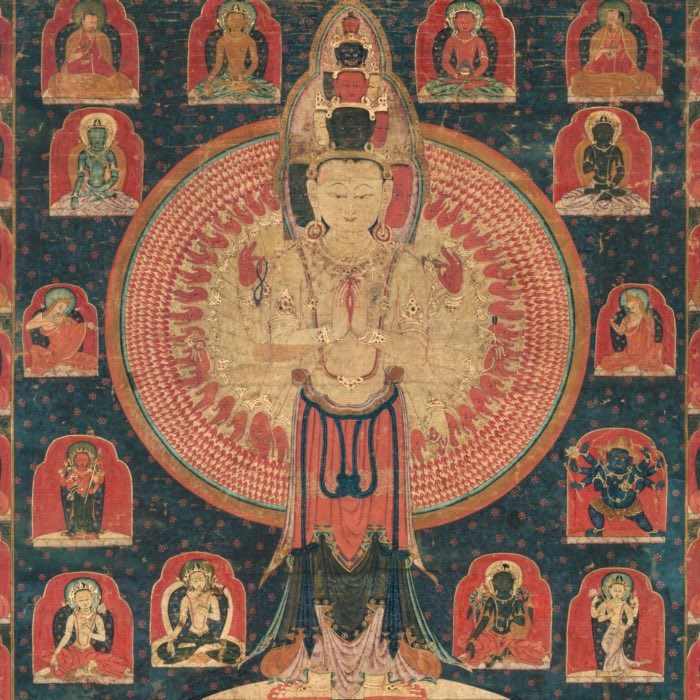
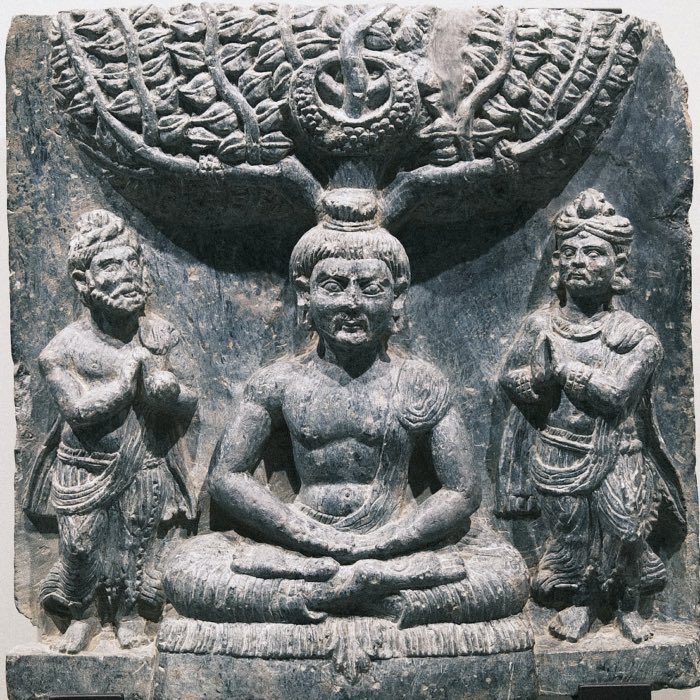
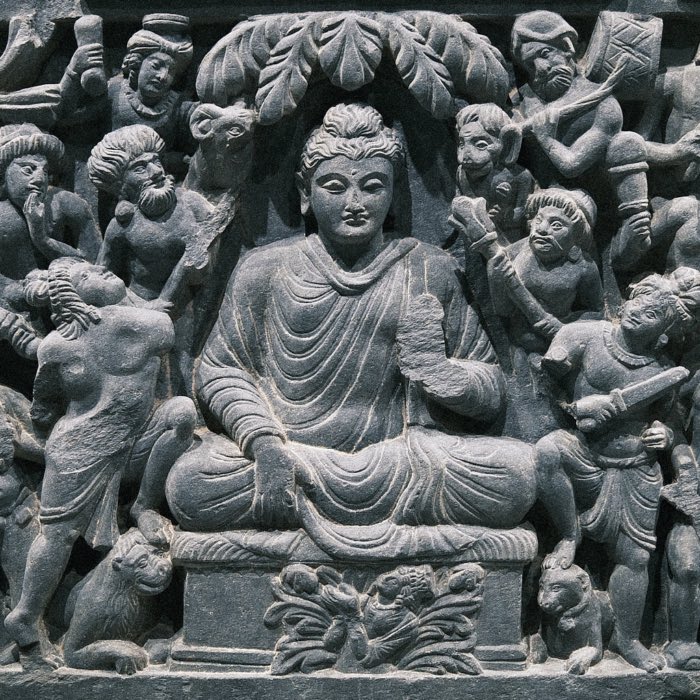
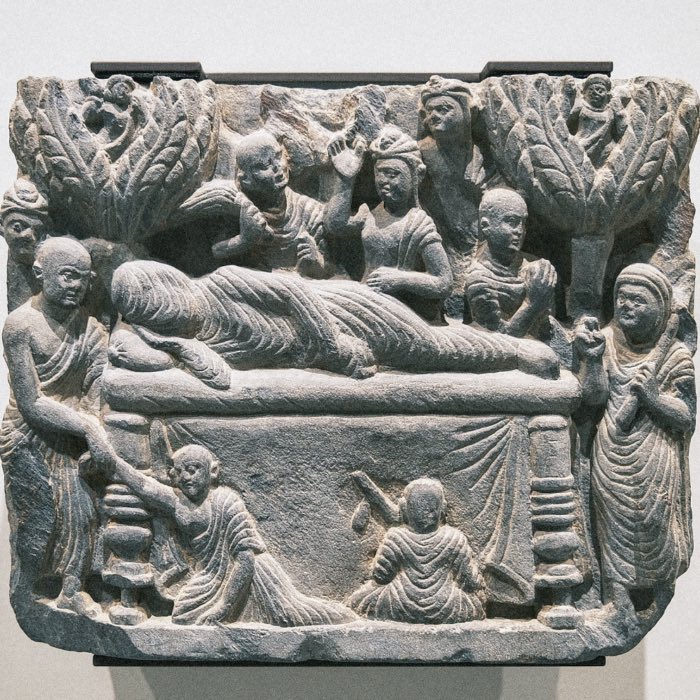
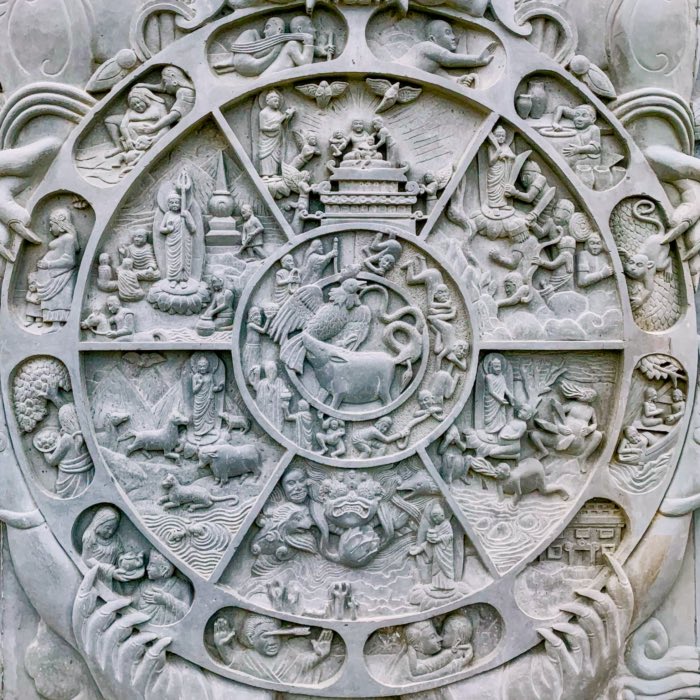




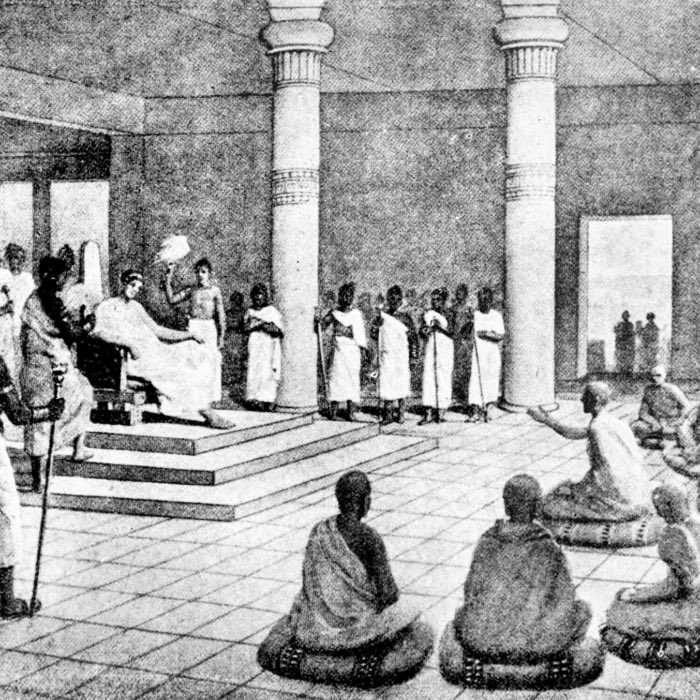





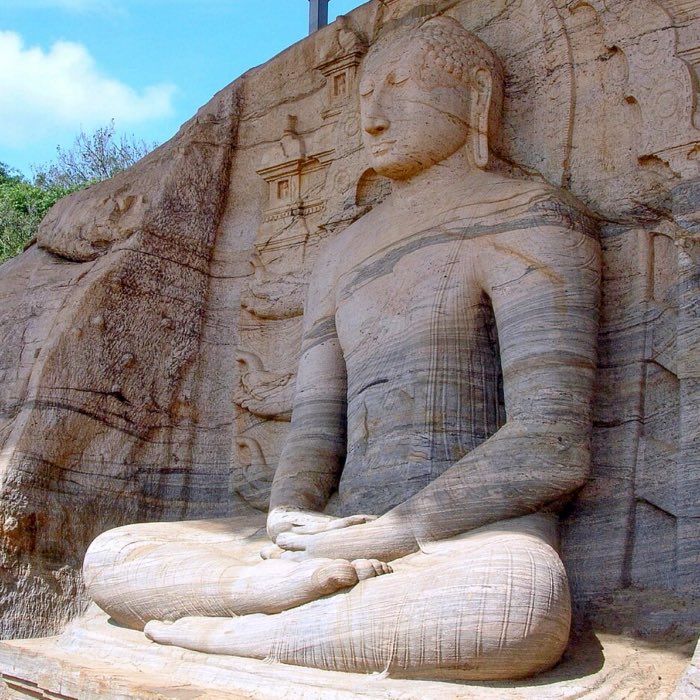

comments